How to Determine Screen Size for My Space
In the realm of audiovisual design, choosing the right display size is paramount. It’s not just about fitting a screen into the space; it’s about ensuring optimal visibility and engagement for all participants. One crucial aspect often overlooked is the relationship between display size, element height, and viewing distance. Let’s delve into why these factors matter and how to strike the perfect balance.
Understanding Element Height and Viewing Distance
Element height refers to the physical size of text, images, and other content elements displayed on the screen. In conference room settings, readability is paramount. Element height directly influences visibility, especially for participants seated farther from the screen. As viewing distance increases, element height must also increase to maintain readability and clarity.
Viewing distance refers to the distance between the viewer’s eyes and the display. In conference rooms, viewing distance varies based on seating arrangements and room size. Ideally, all participants should have an unobstructed view of the screen without straining or experiencing discomfort. Balancing display size and viewing distance is crucial for achieving optimal visibility and engagement.
The Relationship: Display Size, Element Height, and Viewing Distance
Now, let’s explore the interplay between display size, element height, and viewing distance. A larger display offers several advantages, including enhanced visibility and immersion. However, increasing display size without adjusting element height can lead to readability issues, especially for viewers seated farther away. Conversely, a smaller display may not provide adequate visibility for all participants, particularly in larger conference rooms.
Achieving the perfect balance involves considering both display size and element height relative to viewing distance. As viewing distance increases, display size and element height must scale accordingly to maintain readability and clarity. This ensures that all participants, regardless of their location in the room, can comfortably view and engage with the content presented.
Practical Considerations and Best Practices When designing AV systems for conference rooms, several practical considerations and best practices can guide decision-making:
Conduct a thorough analysis of the room size, seating layout, and viewing angles to determine optimal display placement.
Calculate the recommended viewing distance based on display size and aspect ratio to ensure all participants have an unobstructed view.
Select display sizes and resolutions that accommodate the intended use of the conference room, whether it’s presentations, video conferencing, or multimedia content.
Use mounting options such as adjustable mounts or motorized lifts to optimize display positioning and visibility for different meeting scenarios.
Consider supplementary solutions such as secondary displays or interactive whiteboards to enhance collaboration and engagement.
By incorporating these considerations and best practices into the AV design process, conference rooms can achieve optimal display size relative to element height and viewing distance. This ensures that presentations are delivered effectively, fostering collaboration, communication, and productivity among participants.
Selecting the right display size for conference rooms involves careful consideration of element height, viewing distance, and overall room dynamics. By striking the perfect balance between these factors, AV designers can create immersive and engaging environments where participants can collaborate, communicate, and connect effectively.
